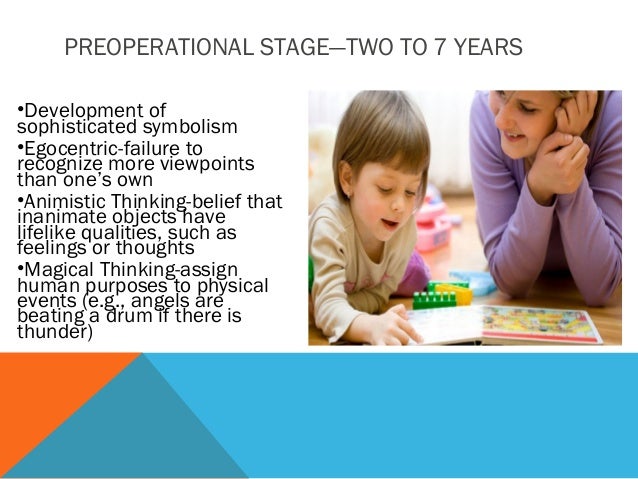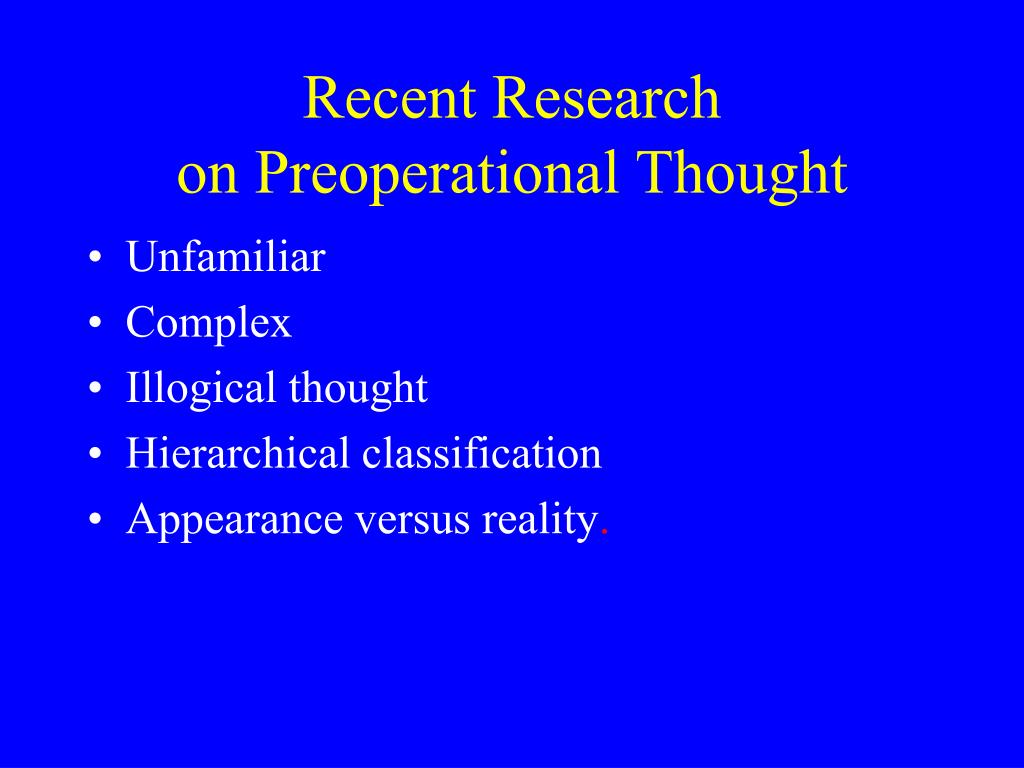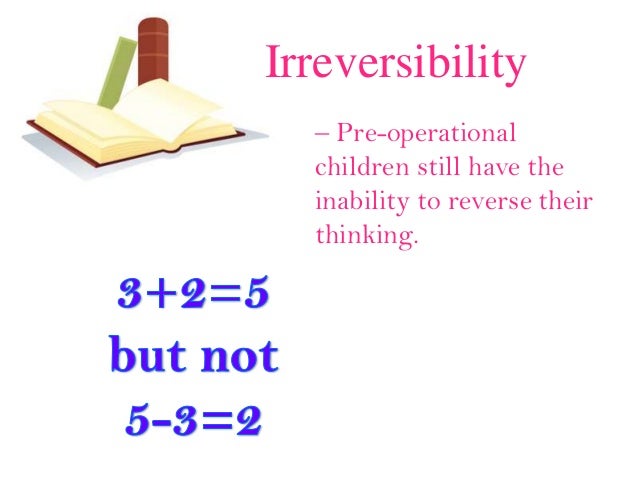This is the belief that inanimate objects (such as toys and teddy bears) have human feelings and intentions. Animistic thinking is a mode of thinking which involves attributing life to an inanimate object.

Piaget's Pre operational Stage Terminology YouTube
Piaget noticed that children are inclined to view more objects as “alive” than are adults.

Animism psychology piaget. This is the belief that inanimate objects (such as toys and teddy bears) have human feelings and intentions. As the child becomes progressively older he is less animistic and more objectively logical in his thinking. It is characterized by the child's belief that inanimate objects, for example, dolls, possess desires, beliefs, and feelings in a similar way.
Finally, in psychology, animism is conceived by piaget as a typical concept of the world corresponding to a precise step in children’s cognitive development. Up next, he recognize the centration on children , that means that a kid in this stage focus on one aspect of a situation. Animism is the ability to distinguish between animate and inanimate objects (shaffer et al., 2010).
During this time, children’s language often shows instances of. Piaget's theory describes children’s language as “symbolic,” allowing them to venture beyond the “here and now” and to talk about such things as the past, the future, people, feelings and events. In the child’s conception of the world (piaget, 1929), young children’s animism is a central theme;
Piaget (1923)(1) believed that children's mental reasoning at this stage was limited by magical thinking and animism. This is the belief that inanimate objects (such as toys and teddy bears) have human feelings and intentions. These two aspects of animsim, consciousness attributed to things, and the concept of 'life', are treated separately by piaget.
There was no support for piaget's theory that animism, or the attribution of life to objects, has a direct relationship to precausal explanations. As an integral part of jean piaget's theory of cognitive development, this type of thinking is most often seen in children who are in the preoperational stage. What is animism in psychology?
Piaget determined that stages of animism are age related. Animism is the belief that objects have lifelike qualities and are therefore capable of having feelings, intentions and emotions. He disagreed with the idea that intelligence was a fixed trait, and regarded cognitive development as a process which occurs due to biological maturation and interaction with the environment.
Piaget has identified four stages of animism : Animism /magical thinking/ piaget /upton: This is the belief that inanimate objects (such as toys and teddy bears) have human feelings and intentions.
The belief that inanimate objects have “lifelike” qualities and are capable of action. Up to the ages 4 or 5 years, the child believes that almost everything is alive and has a purpose. A belief that all natural things, for example, volcanoes, clouds, and trees possess living spirits and souls.
Αs a resultbecause of this they think , for example , that everything that is durable can't brake or what moves is an animal.so with false conclusions like what you throw can brake, perhaps. A facet of preoperational thought; To remain in the anthropological realm, tylor’s opinion was that the idea of soul would have been the starting point for more complex religious beliefs.
This is a clear example of animism. What is animism in psychology class 11? Became interested in what they thought life was.
They believe that certain aspects of the world around them are made by humans. Animism, belief in innumerable spiritual beings concerned with human affairs and capable of helping or harming human interests. Animism is the belief that objects that are inanimate (not living) have feelings, thoughts, and have the mental characteristics and qualities of living things.
Piaget's (1936, 1950) theory of cognitive development explains how a child constructs a mental model of the world. In fact, piaget thought that a child of this age believes that the natural world is alive, and has both a purpose and a conscience. According to piaget, the first limitation of the preoperational stage is animism (santrock, 2011).

Cognitive development piaget ppt_3

Cognitive Development by Piaget

PPT Cognitive Development in Early Childhood PowerPoint

Image result for piaget artificialism Developmental

Jean Piaget's Cognitive Developemnt Theory

Exam 3 Psychology Development In Infancy And Childhood

This article goes into Piaget's second stage of cognitive

PPT Animism A Study of Piaget’s Theory PowerPoint

Learning Theory by Jean Piaget

Preoperational Stage Egocentrism Simply Psychology

Child psychology /certified fixed orthodontic courses by
:max_bytes(150000):strip_icc()/2795461-preoperational-stage-of-cognitive-development-5b06ed6b04d1cf003a03cbe3.png)
Preoperational Stage of Cognitive Development

Psychological management of child in dentistry using Jean

PPT Cognitive Development in Early Childhood PowerPoint


